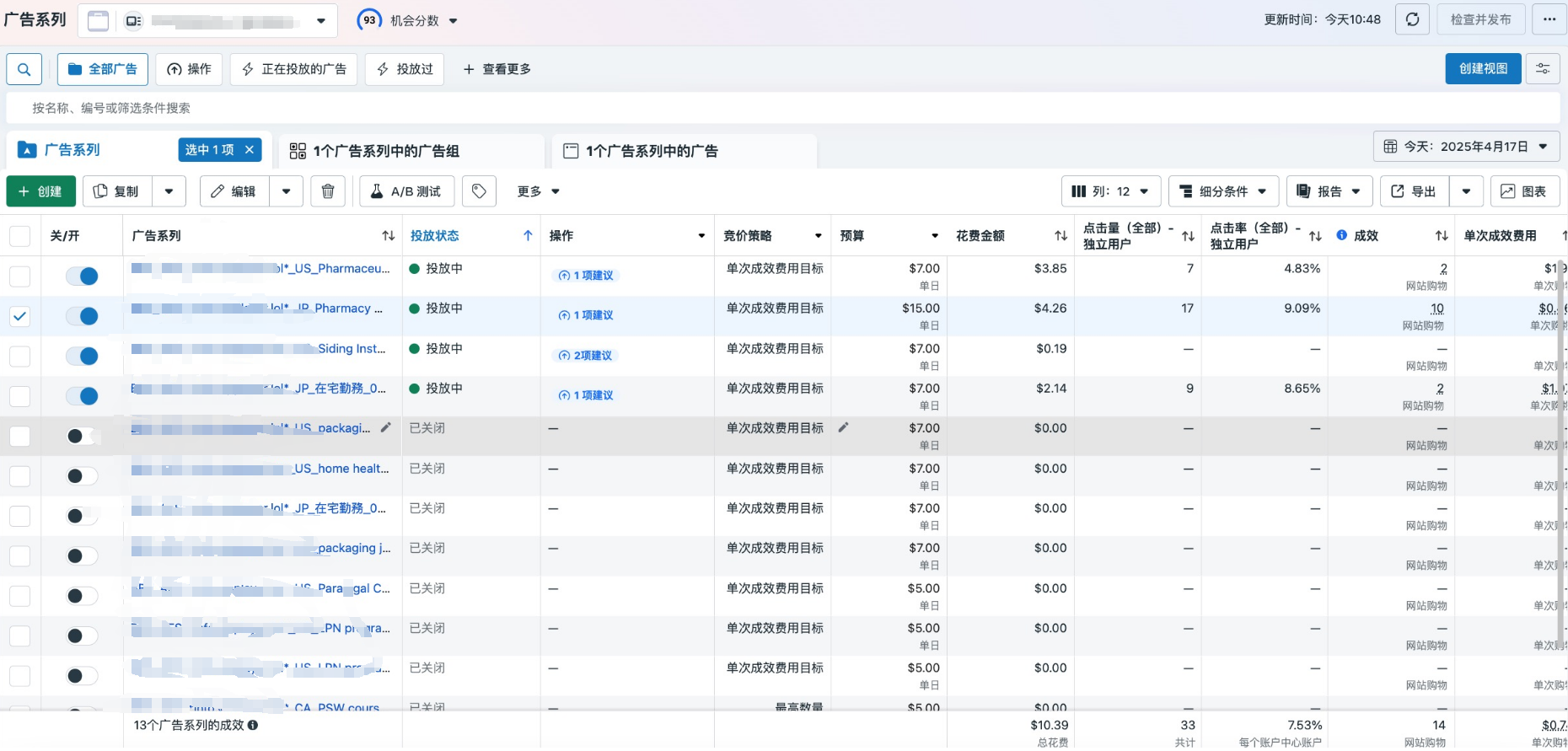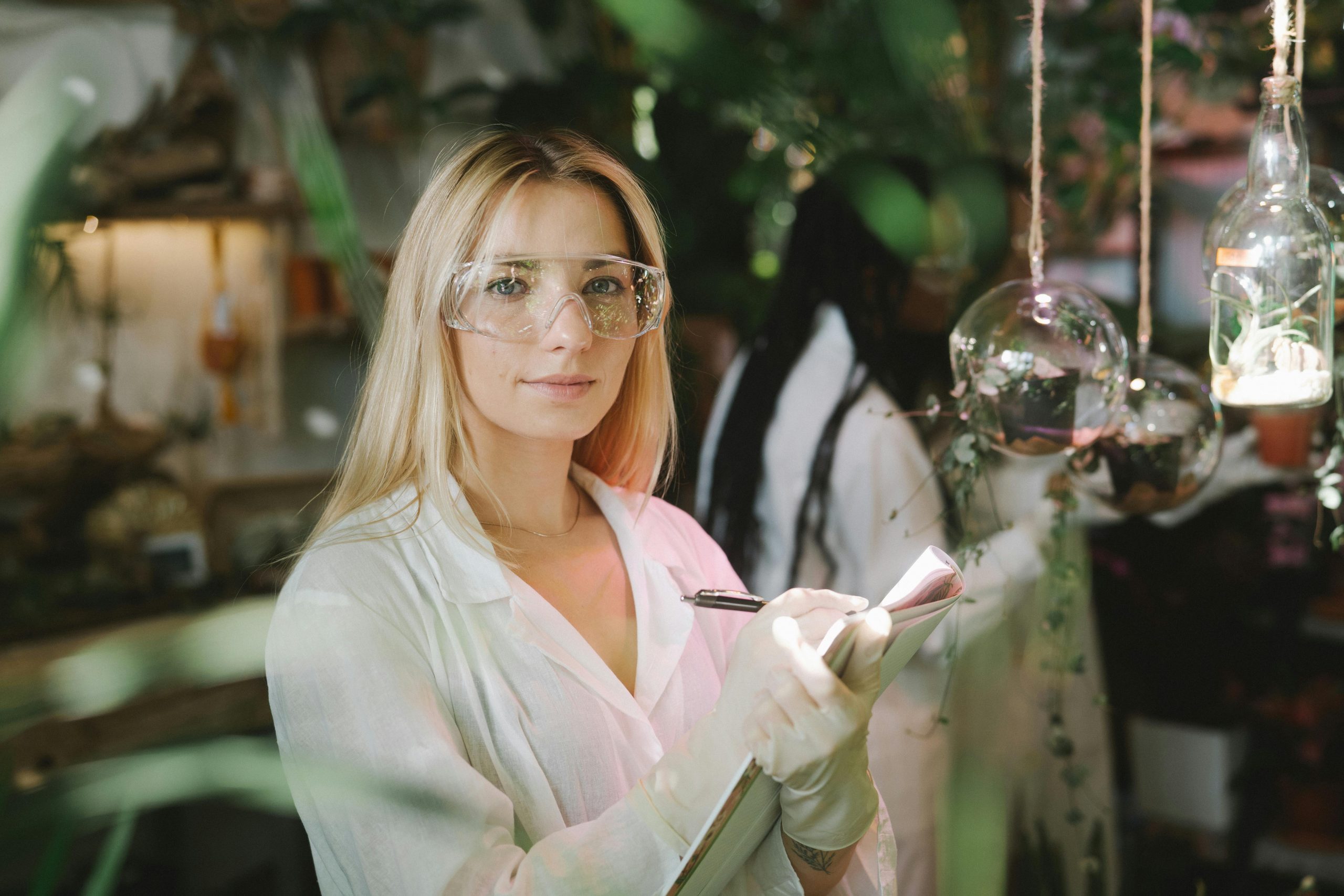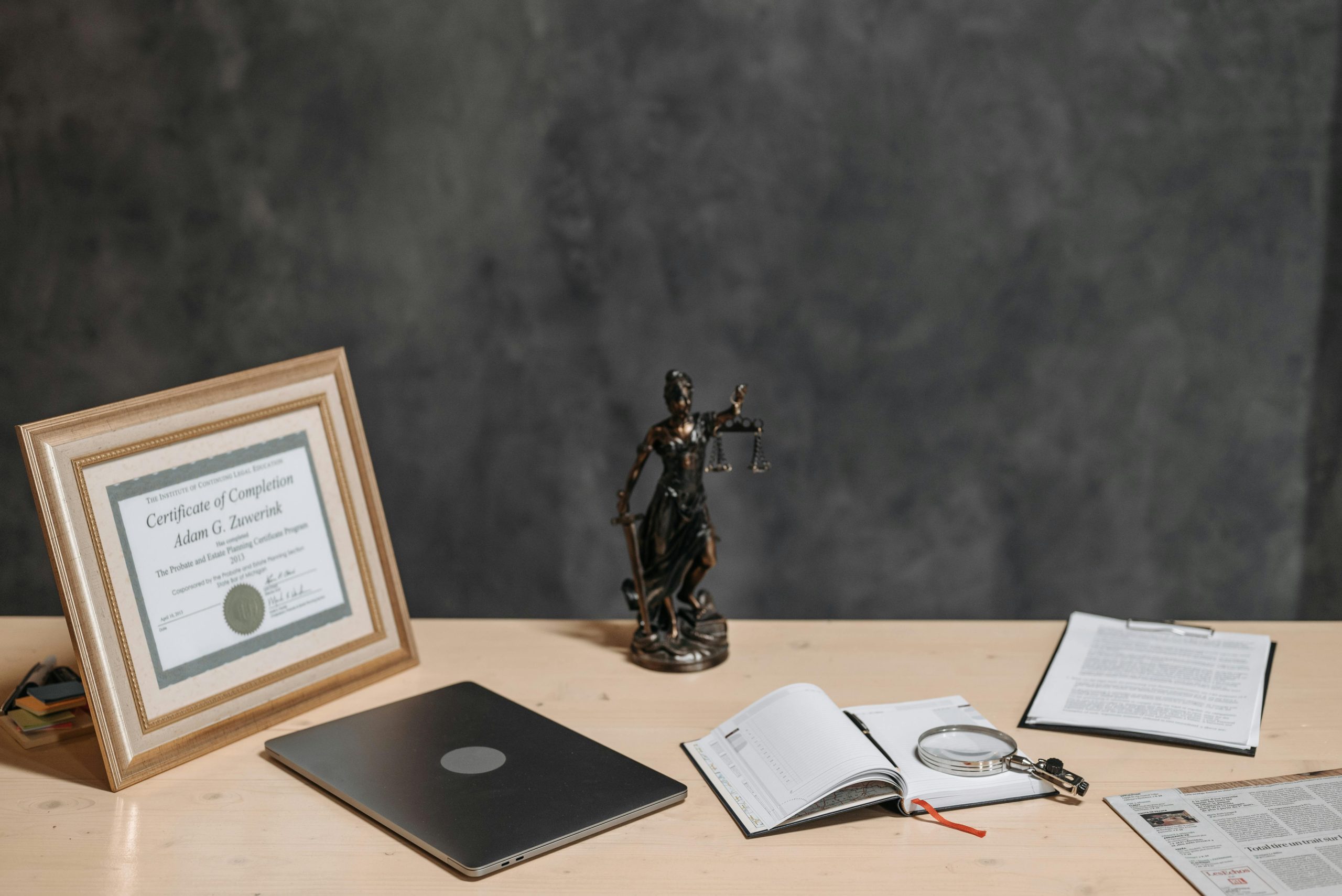
Master of Fine Arts (MFA) Application Guide: Portfolio Preparation and Personal Statement Writing
Applying for a Master of Fine Arts (MFA) program is a highly competitive process that requires strong artistic skills, a compelling portfolio, and a well-crafted personal statement. Here’s how to effectively prepare your application to increase your chances of acceptance.
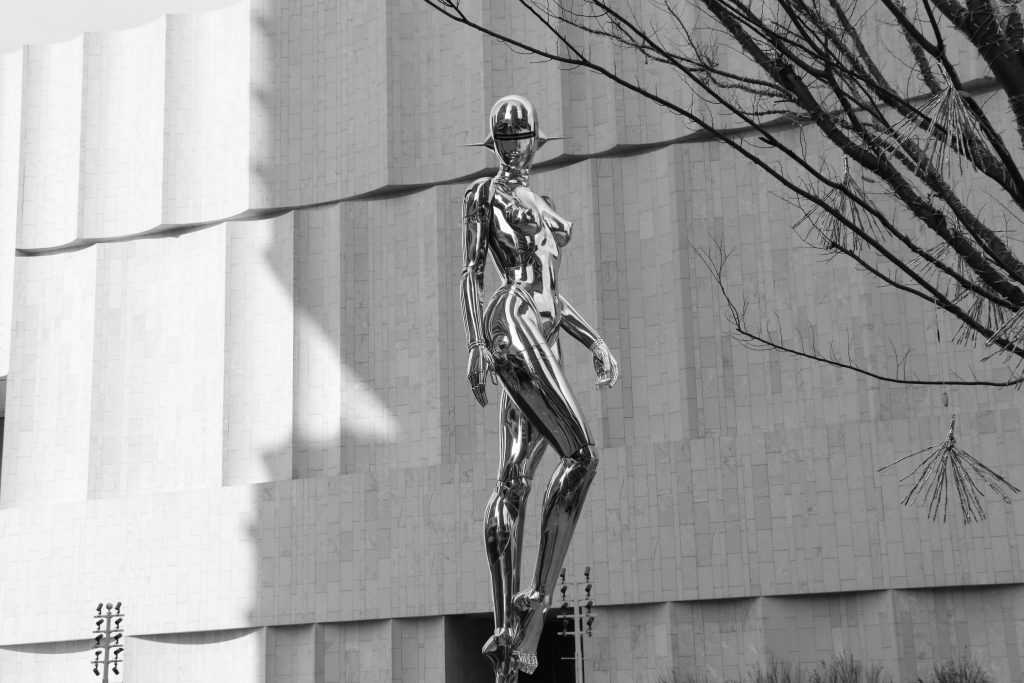
1. Understanding MFA Program Expectations
MFA programs seek applicants who demonstrate artistic vision, technical skill, and the potential for growth. Admission committees evaluate:
- The quality and originality of your work
- Your commitment to your art and ability to articulate your creative process
- How well your goals align with the program’s faculty, curriculum, and resources
2. Building a Strong Portfolio
Your portfolio is the most critical part of your application, as it showcases your artistic voice. Follow these guidelines:
Choose Your Best Work
- Select 10-20 pieces that best represent your artistic ability, style, and conceptual depth.
- Showcase a cohesive theme or narrative rather than a random collection of works.
- Highlight your technical skills while also demonstrating originality and experimentation.
Follow Each School’s Guidelines
- Different programs have specific requirements for format, number of works, and media types (painting, sculpture, digital art, etc.).
- Some schools require a video or written explanation of your work.
Present Your Work Professionally
- Ensure high-quality digital images or scans for visual art.
- For film or performing arts, submit well-edited videos that clearly showcase your work.
- Label each piece with title, medium, dimensions, and year created.
3. Writing a Compelling Personal Statement
Your personal statement should explain your artistic journey, influences, and goals.
Key Elements to Include
- Your Artistic Background: How did your interest in art develop? What influences your creative process?
- Why This MFA Program?: Mention specific faculty members, facilities, courses, or research areas that align with your artistic vision.
- Your Career Goals: Explain how the MFA program will help you grow as an artist and achieve your long-term ambitions.
- Your Artistic Philosophy: Describe the themes, concepts, or techniques you explore in your work.
Tips for Writing
- Be genuine and personal, avoiding clichés.
- Maintain a clear and engaging narrative—admissions committees want to see your passion and dedication.
- Keep it concise and well-structured (usually 500-1,000 words).
4. Letters of Recommendation
Most MFA programs require 2-3 letters from professors, mentors, or professionals familiar with your work. Choose recommenders who can:
- Speak to your artistic talent, work ethic, and potential.
- Provide specific examples of your growth and contributions to the field.
5. Application Timeline and Deadlines
- Research Programs Early: Start preparing at least 6-12 months before application deadlines.
- Deadlines Vary: Some programs have early deadlines in December or January, while others accept applications through March or April.
Final Preparation Steps
- Review & Edit: Have mentors or peers critique your portfolio and personal statement.
- Prepare for Interviews: Some programs require an interview where you discuss your work and aspirations.
- Check Application Fees & Financial Aid: Look for scholarships, assistantships, or grants offered by MFA programs.
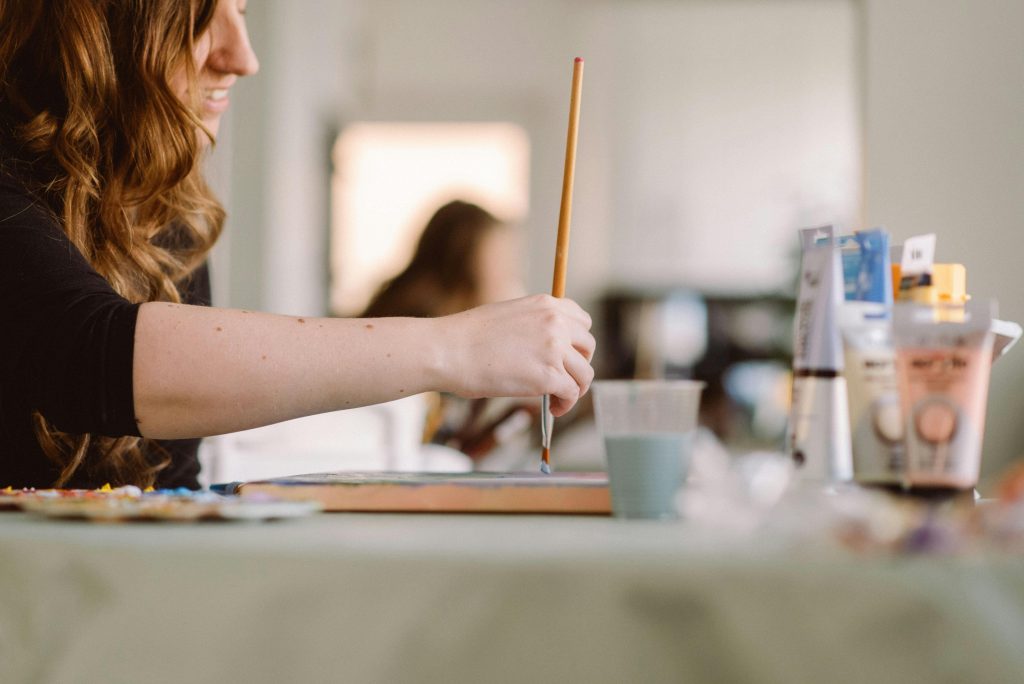
A well-prepared MFA application, with a strong portfolio and a compelling personal statement, will set you apart and increase your chances of securing admission to a top program.




